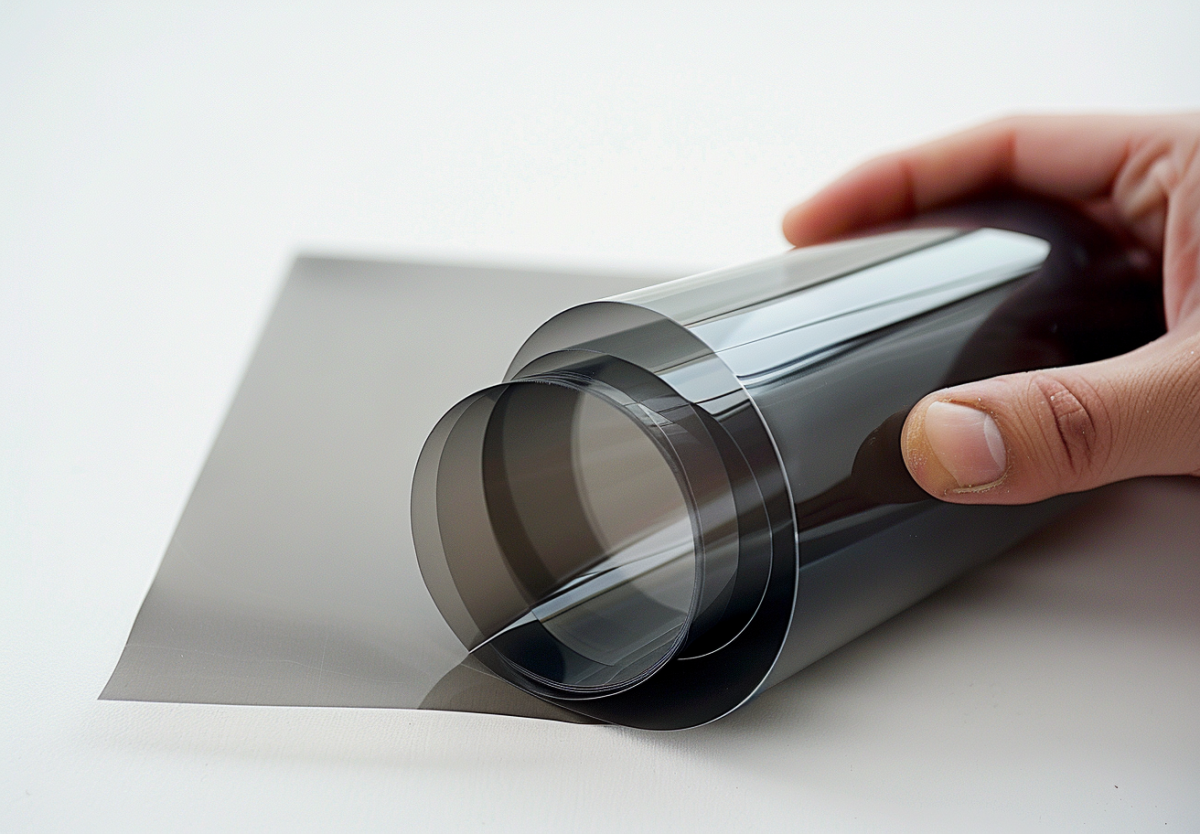Transparent conductive oxides (TCOs) are a class of materials that have revolutionized various high-tech industries, from consumer electronics to renewable energy. These materials uniquely combine optical transparency and electrical conductivity, making them indispensable in modern technology. This article explores the fundamental properties of TCOs, their applications, and a detailed look at one of the most prominent TCOs—Indium Tin Oxide (ITO).
Understanding Transparent Conductive Oxides
Transparent conductive oxides are inorganic materials that possess both high electrical conductivity and optical transparency in the visible spectrum. This combination is unusual because materials that conduct electricity well are typically opaque. TCOs achieve this by having wide band gaps, which allow them to be transparent to visible light, while their electrical conductivity is facilitated by free electrons or holes.
Key Properties of TCOs
- Optical Transparency: TCOs must have a band gap greater than 3.1 eV to ensure transparency in the visible range.
- Electrical Conductivity: This is achieved through doping, where additional elements introduce free carriers (electrons or holes) to the material.
- Chemical Stability: TCOs need to maintain their properties under various environmental conditions, including exposure to moisture and varying temperatures.
Applications of Transparent Conductive Oxides
The unique properties of TCOs make them suitable for a wide range of applications:
- Display Technology: TCOs are used in liquid crystal displays (LCDs), organic light-emitting diode (OLED) displays, and touch screens.
- Solar Cells: TCOs are crucial in photovoltaic cells, particularly in the front electrodes of thin-film solar cells.
- Smart Windows: These windows can change their light transmission properties in response to an external stimulus, such as voltage or light.
- Flexible Electronics: TCOs enable the development of bendable and foldable electronic devices, opening new possibilities in wearable technology.
Spotlight on Indium Tin Oxide (ITO)
Indium Tin Oxide (ITO) is the most widely used TCO due to its excellent balance of transparency and conductivity. Comprising indium oxide (In2O3) and tin oxide (SnO2) in varying proportions, ITO is favored for several key reasons:
Related: ITO vs. FTO Films as Transparent Conductive Oxides (TCOs)
Properties of ITO
- High Transparency: ITO films can achieve over 85% transparency in the visible spectrum.
- Low Electrical Resistance: With a resistivity as low as 10^-4 ohm-cm, ITO is highly conductive.
- Ease of Deposition: ITO can be deposited using various techniques such as sputtering and electron beam evaporation, making it versatile for different manufacturing processes.
Applications of ITO
- Flat-Panel Displays: ITO is extensively used in the electrodes of LCDs and OLEDs due to its excellent transparency and conductivity.
- Touch Panels: The conductive and transparent nature of ITO makes it ideal for touch screen technology.
- Solar Cells: ITO is used as a front contact in various types of solar cells, contributing to efficient light absorption and conversion.
- Light Emitting Diodes (LEDs): ITO layers are used in LEDs to improve their performance and efficiency.
Challenges and Alternatives
Despite its widespread use, ITO faces challenges such as the high cost of indium and brittleness, which limits its application in flexible electronics. Researchers are actively exploring alternative materials like aluminum-doped zinc oxide (AZO) and graphene to address these limitations.
Future Prospects of Transparent Conductive Oxides
The demand for advanced TCOs is expected to grow with the increasing need for energy-efficient technologies and the proliferation of smart devices. Innovations in material science are likely to yield new TCOs with enhanced properties and broader applications, potentially overcoming the current limitations of materials like ITO.
Conclusion
Transparent conductive oxides, particularly Indium Tin Oxide, play a critical role in the development of modern technology. As research continues to advance, we can anticipate even more innovative applications and materials that will drive the next generation of electronic and optoelectronic devices. Understanding and improving TCOs is essential for the continued evolution of technologies that shape our everyday lives.


Hey people!!!!!
Good mood and good luck to everyone!!!!!